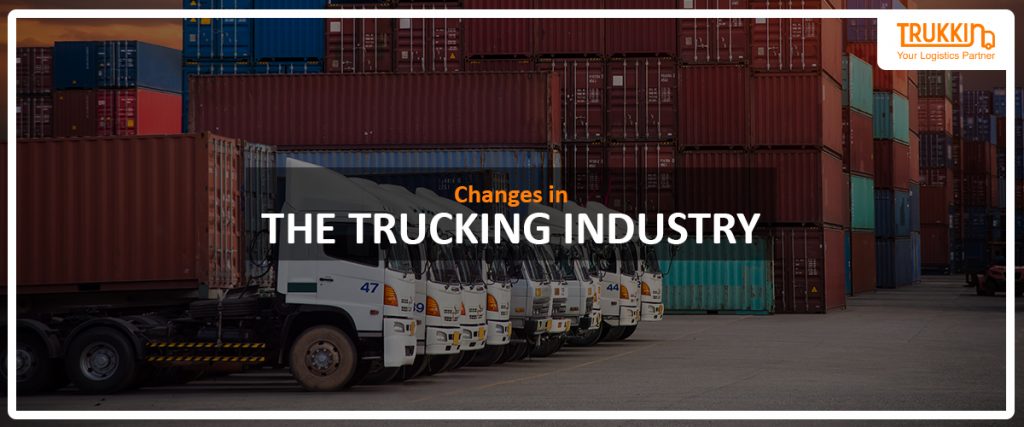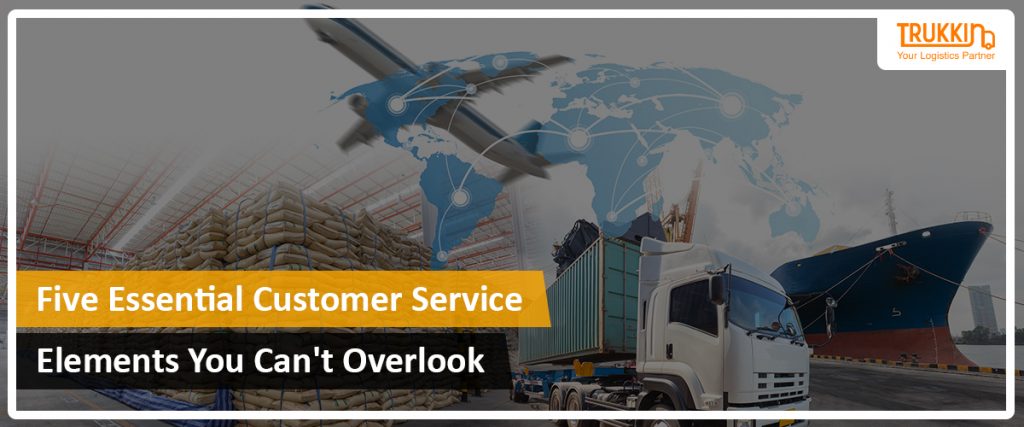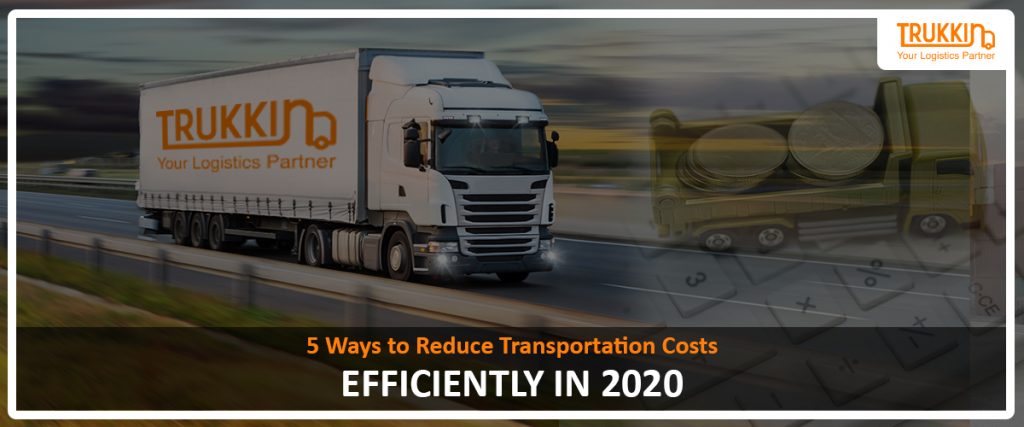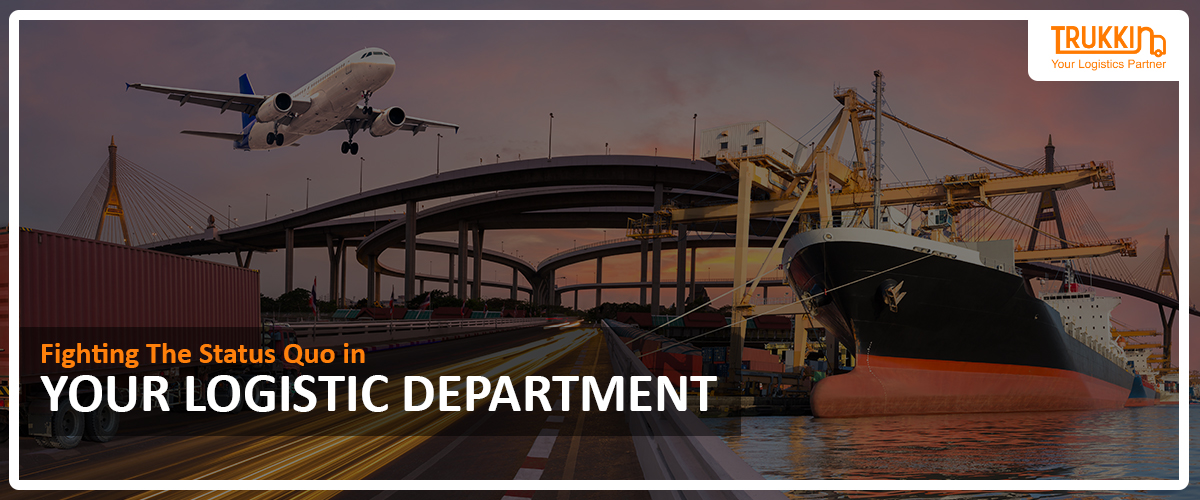
The trucking industry has changed a great deal in the past decade. With the entire pandemic situation, more drastic changes have been expected. The rules, regulations, and methods have developed a lot since the introduction of new administrative authorities.
The pandemic has made it certain that rules and concerns related to health and safety are being given utmost importance. Without proper precautions and hygiene measures, none of the trucking businesses are given permits since last year. This article will explain some of the changes or measures that have been taken in the past few years.
Speed limit
Mandates on speed limiting have become stricter, with the crime rates going upwards since the past year.
- The limit also depends on the kind of vehicle or truck that is on the road and even the weight that they are carrying.
- Anything over 26000 pounds will be limited to a certain speed, and if the driver crosses it, they can be heavily penalized.
- The only way to stop people from disobeying the rules is by enforcing stricter sentences and punishments. That way, fewer people would break the law.
Driver assistance technologies
With rapid growth and development on the technological front, the logistics industry is benefiting from it. These systems are usually implemented to ensure the safety and security of the drivers. As they have to drive long distances each day, their safety must be made a priority.
The administration believes that their commitment towards the work will also increase if they feel a sense of security. Assistance technologies make sure that the drivers receive guidance and aid in their jobs.
Eco-friendly initiatives
With the world coming to an all-time high with regard to pollution, eco-friendly initiatives are the only way to sustain the world. The trucking industry has taken a few initiatives to help save the environment and cut down on fuel costs.
The primary initiative is that of electric vehicles replacing the older ones. However, it won’t be possible to replace all the vehicles at once. The process is going to be time-consuming, but the initiative will certainly help the environment. It will make transportation logistics more affordable for the sellers and the buyers as well.
Contactless technology
Paperless and contactless technology is purely based on the pandemic situation. Since the past year, the trucking industry has faced several challenges. This initiative will help minimize contact and count as a drastic change in the trucking industry.








